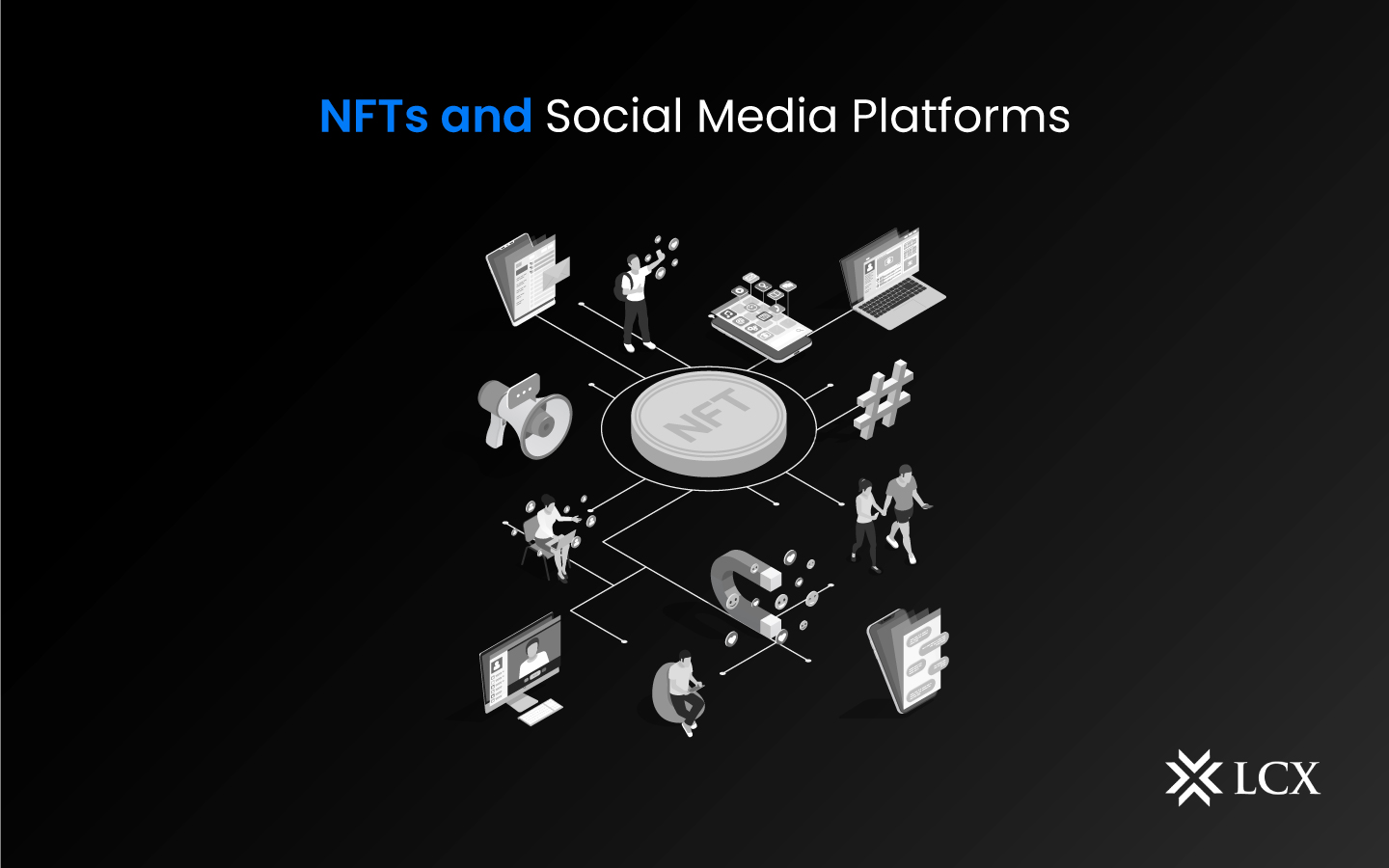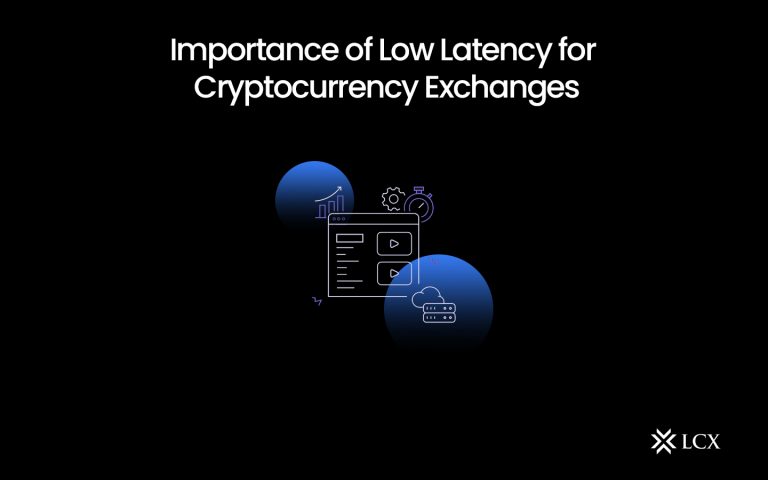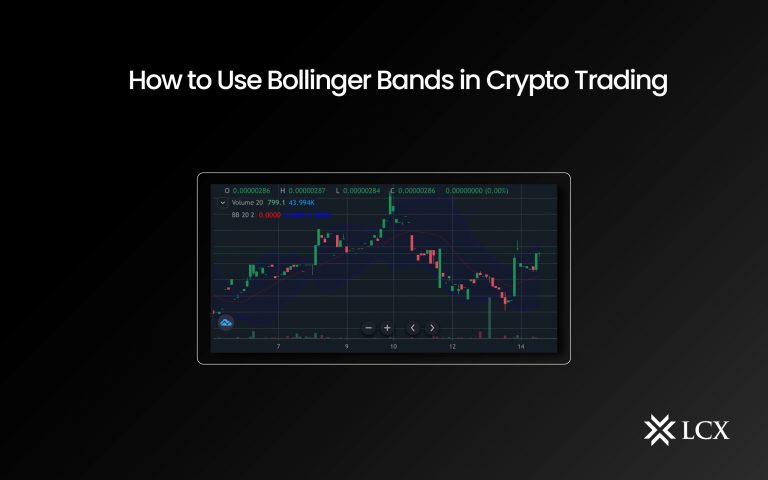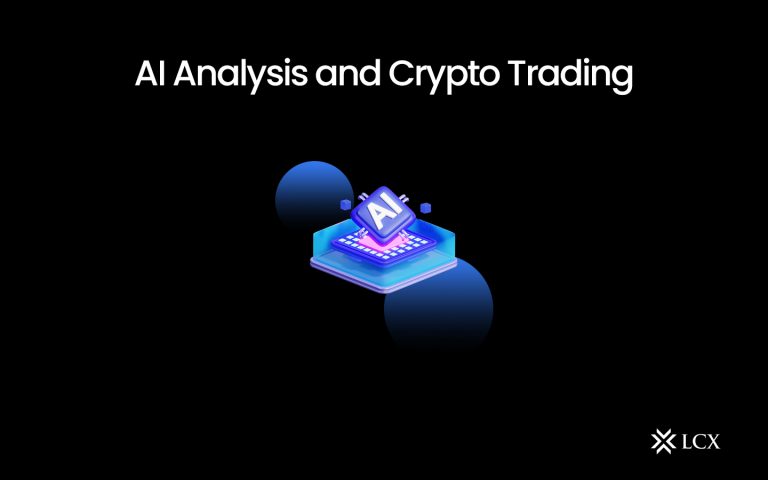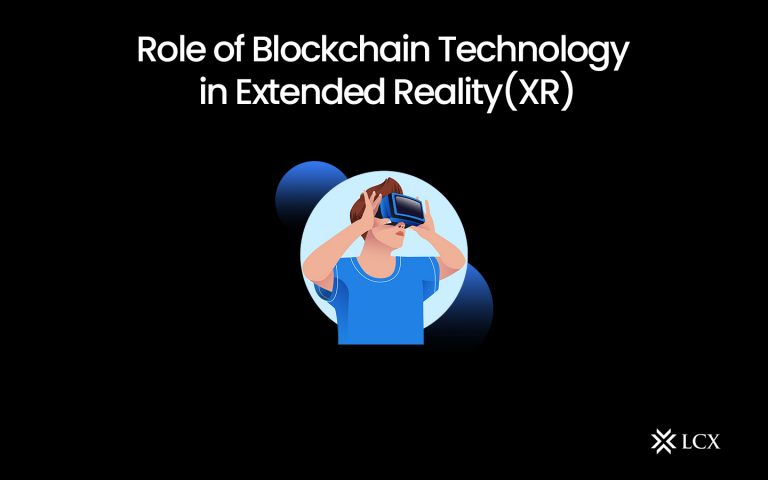NFTs have widened another dimension of possibilities for digital ownership, resulting in an upsurge of interest from the art world, the music industry, and sports fans, who are now using NFTs to market their digital tokens in the form of masterpieces or collectibles. NFTs are also beginning to appear on social media platforms, where they are being incorporated in a variety of ways to generate new revenue streams and improve user experiences.
How have NFTs been implemented on Social Media Platforms?
Since MySpace and Facebook’s early years, the social media landscape has evolved significantly. Currently, social media platforms serve as centers for communication, entertainment, and information sharing. NFTs on social media platforms have the opportunity to establish a relationship that is beneficial to both parties. NFTs assist social media platforms in a variety of ways, including by increasing engagement, expanding their consumer base, and generating new revenue streams. Digital tokens enable content creators to easily monetize their work.
NFTs on social media enable companies to collect user information and use it to improve customer service. These digital tokens contain information that is unique to the asset they represent, such as the asset’s creator or possession history. Through this information, social media companies are able to monitor customer behavior and develop services that are tailored to it. This allows them to enhance the customer experience while keeping an eye on NFT-related platform activity.
Social media platforms will facilitate trading without third-party exchanges, giving users greater control over their assets. These tokens also provide social media companies with an additional source of revenue in the form of transaction fees. Integrating digital tokens into their platforms can be advantageous for both proprietors and social media companies.

Social Media Platforms That Adopted NFTs
In the social media realm, Twitter has consistently been at the leading edge of NFT adoption. The former Twitter CEO Jack Dorsey sold the initial tweet as a NFT in March 2021 for $2.9 million. Since then, Twitter has investigated ways to further integrate non-fungible tokens into its platform, including the creation of a new feature dubbed “Super Follows.” The option enables artists to impose fees on subscribers for access to exclusive content.
The social network revealed a new collaboration with multiple NFT markets, including OpenSea and Rarible. Consequently, it permits users to purchase, sell, and display digital tokens instantly on Twitter.
Instagram, a popular platform for posting photos and videos, has taken measures to incorporate NFTs on social media platforms.
Instagram introduced a new feature named “Instagram Shop” in May 2020. This enables users to directly shop for products on the platform. Instagram has been testing a new “Collectibles” feature that enables users to display their favorite NFTs and other digital assets on their personal accounts. This feature is being tested with a limited group of creators and will likely be rolled out to a wider audience in the near future.
Facebook / Meta
Facebook, now known as Meta, is investigating methods to integrate non-fungible tokens into its platform. Horizon Workrooms, the company’s virtual reality platform, is one example of how Meta is incorporating NFTs. Additionally, the platform permits users to construct and customize their avatars. In addition, they can now use digital tokens to purchase distinctive wardrobe items for their avatar. Users can import them from the OpenSea marketplace.
Meta’s acquisition of Giphy will enable capabilities in its products, including the metaverse. Meta is also contemplating allowing users to showcase their NFT collections on their profiles. This integration may also increase market visibility, making it more readily available to the general populace.
TikTok
TikTok, a prominent platform for short-form videos, has also been investigating ways to incorporate NFTs into its platform. It announced a partnership with the Ethereum Layer 2 solution in September 2021 in order to launch its first collection.
Furthermore, the platform has collaborated with marketplaces such as OpenSea to enable creators to sell tokens right away on the platform. Artists who can now exhibit their digital art to TikTok’s massive user base may find an additional source of income as a result of this development.
TikTok is said to be creating its own marketplace, allowing users to purchase, sell, and trade digital tokens directly on the platform. It is looking into the use of blockchain technology to enhance content moderation and increase operational transparency.
YouTube
YouTube, one of the largest video-sharing platforms in the world, has announced its intention to implement non-fungible tokens on its platform. A creator could, for instance, sell a fan a limited-edition video, an unreleased tune, or even a personalized message. These tokens would serve as proof of ownership, giving fans a unique and verifiable method to demonstrate that they own the digital content.
YouTube intends to introduce a new feature dubbed the “YouTube NFT Marketplace,” which will be integrated with the platform’s existing creator tools. Creators will be able to mint and sell their tokens directly on YouTube through the marketplace. Similar to its current revenue-sharing model, YouTube will collect a modest commission on each sale.
Conclusion
NFTs on social media platforms have ushered in a new era of digital ownership and creator monetization. From Twitter to TikTok, social media platforms are exploring ways to integrate NFTs into their business models, thereby providing creators and fans with new opportunities. The intersection of NFTs and social media is likely to see even more exciting developments as digital assets continue to acquire popularity.
